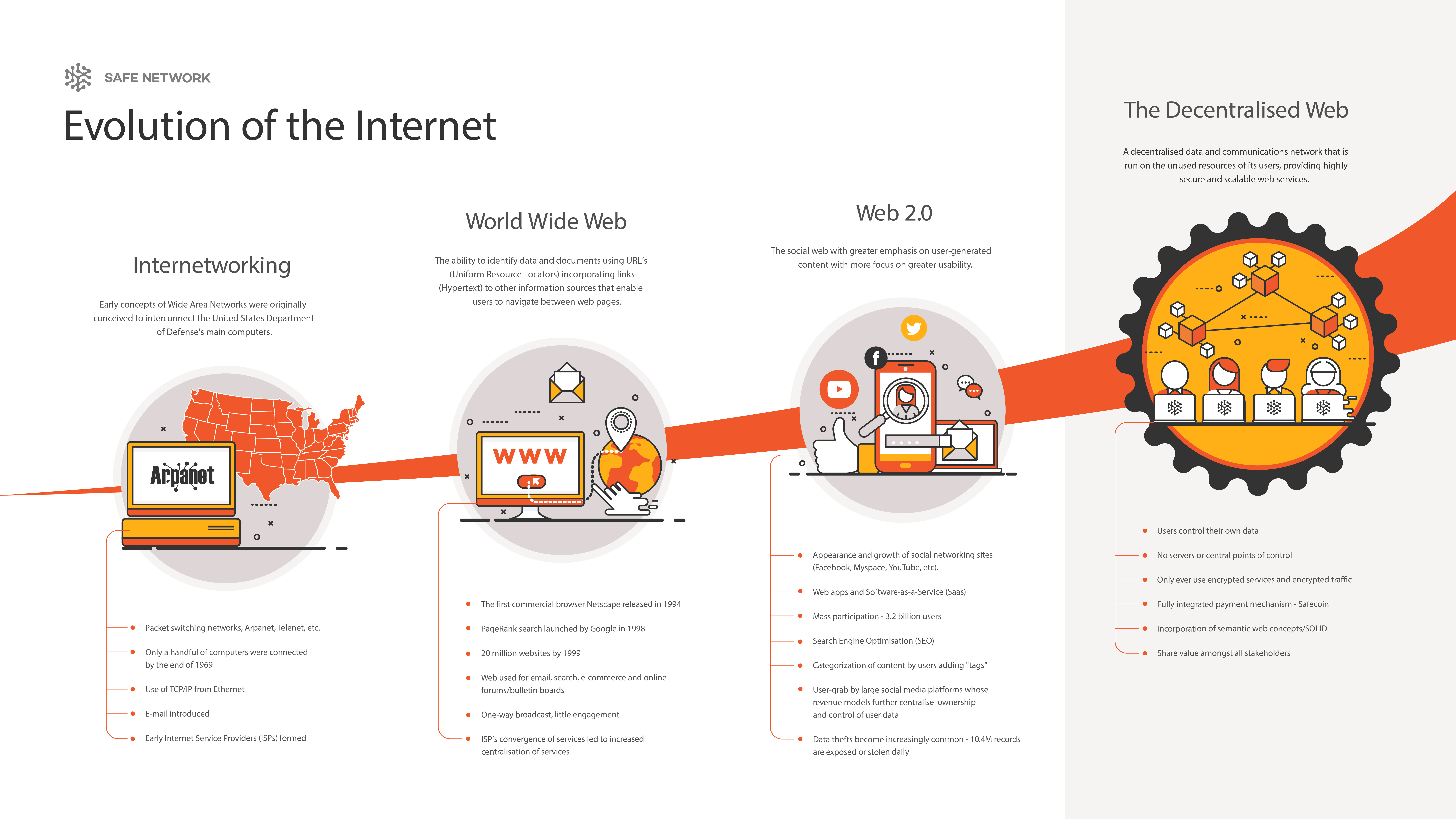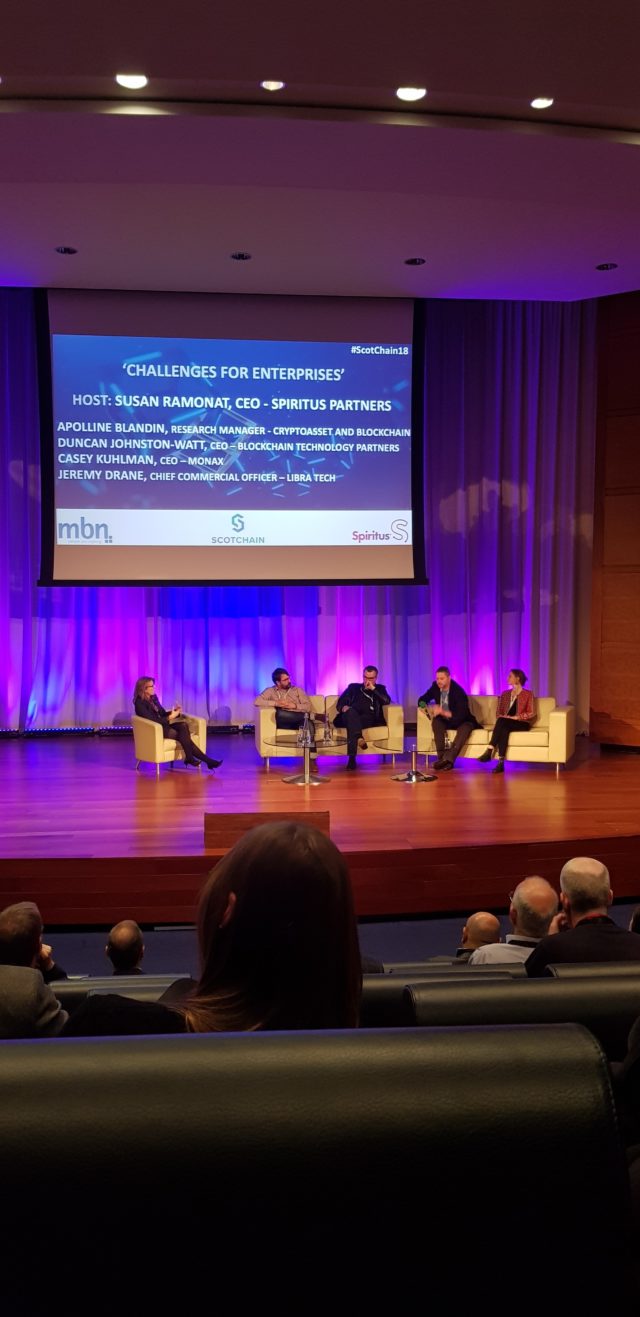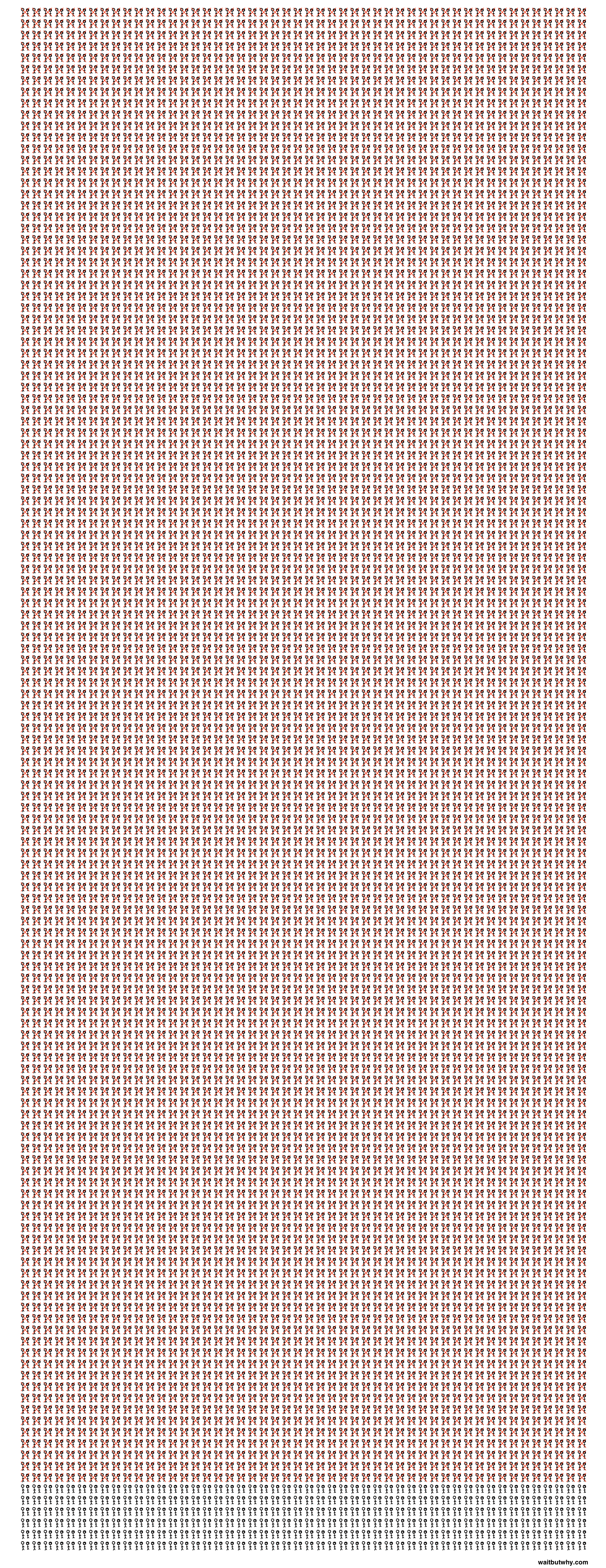I took a rare trip to the cinema today to watch First Man, the story of Neil Armstrong’s life leading up to the first moon landing back on 20th July 1969. I’m a sucker for anything to do with space exploration and an unashamed advocate of piling more of our collective money into any pursuits that have even the slightest possibility of expanding humanity’s notion of what is possible in reality.
The topic was historical (despite still seeming futuristic almost 50 years later) and it interests me how divisive the subject can be. Some people are passionately against piling back into something which became, for a period of time, a global obsession.
In fact, taking a quick look online, there seem to be a range of views about why we shouldn’t fund further exploration – including the high cost in relation to the actual practical returns, the brain drain into the space industry away from other high-impact research, the risk of inadvertently making contact with another intelligence which leads to our extinction (directly through being attacked or indirectly by becoming best buddies but inadvertently being wiped out by some form of alien bacteria that accompanied said little green tourists).
But the film itself was great. It gave a real sense of just how difficult and dangerous the whole endeavour was from start to finish. It reminded me that quote by John Young when asked whether he was nervous about making the first space shuttle flight in 1981:
“Anyone who sits on top of the largest hydrogen-oxygen fuelled system in the world, knowing they’re going to light the bottom, and doesn’t get a little worried, does not fully understand the situation.”
When it comes to space exploration, there’s a couple of great books that are definitely worth checking out. The first is Tom Wolfe’s ‘The Right Stuff’ which focuses on the first Project Mercury pilots that were selected for the NASA space program. A fascinating tale of what made a group of men literally sit on top of rockets with no guarantees and the heavy-drinking environment that surrounded the scene. The second is ‘Moondust’ in which the author Andrew Smith travels to interview every man alive who has ever walked on the moon. Which is only twelve people – in the history of mankind. Each of whom agrees: once you’ve seen that tiny blue sphere hanging in the dark void of space, your relationship with your home planet has changed forever.
So I’ll wrap up with the words of JFK, back from when the space race was really heating up back in 1962:-
“We choose to go to the moon in this decade and do the other things, not because they are easy, but because they are hard, because that goal will serve to organize and measure the best of our energies and skills, because that challenge is one that we are willing to accept, one we are unwilling to postpone, and one which we intend to win, and the others, too…”
“…But if I were to say, my fellow citizens, that we shall send to the moon, 240,000 miles away from the control station in Houston, a giant rocket more than 300 feet tall, the length of this football field, made of new metal alloys, some of which have not yet been invented, capable of standing heat and stresses several times more than have ever been experienced, fitted together with a precision better than the finest watch, carrying all the equipment needed for propulsion, guidance, control, communications, food and survival, on an untried mission, to an unknown celestial body, and then return it safely to earth, re-entering the atmosphere at speeds of over 25,000 miles per hour, causing heat about half that of the temperature of the sun–almost as hot as it is here today–and do all this, and do it right, and do it first before this decade is out–then we must be bold…”
“…Many years ago the great British explorer George Mallory, who was to die on Mount Everest, was asked why did he want to climb it. He said, “Because it is there.” Well, space is there, and we’re going to climb it, and the moon and the planets are there, and new hopes for knowledge and peace are there.”




